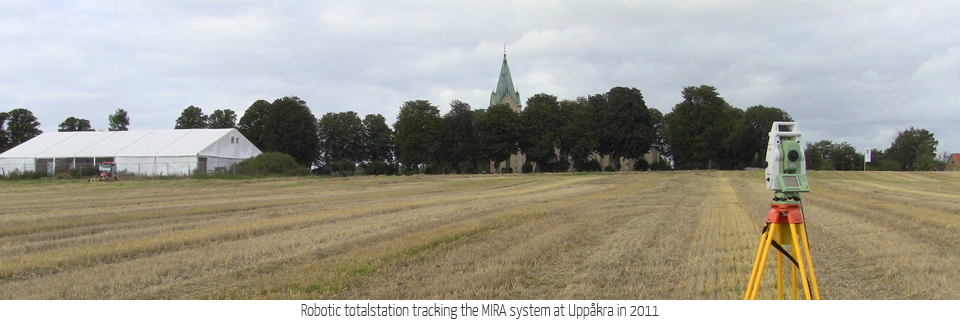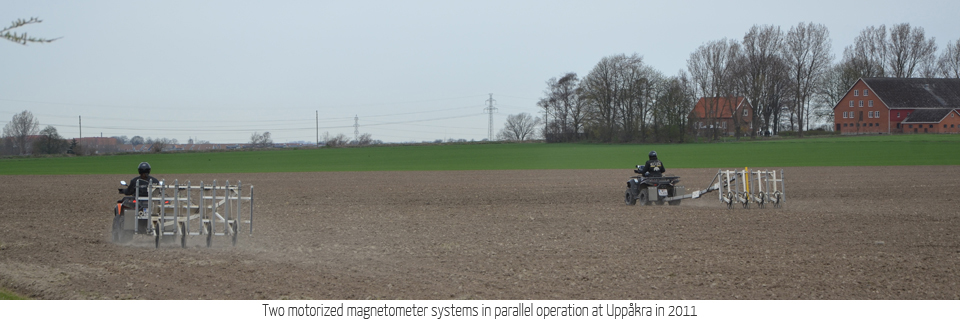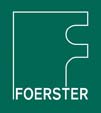Archaeological Prospection Case Study Uppåkra
The Ludwig Boltzmann Institute for Archaeological Prospection and Virtual Archaeology in collaboration with its Swedish partner, the Contract Archaeology Unit of the Swedish National Heritage Board, and supported by Lund University are conducting since 2010 a large-scale archaeological prospection case study at the Iron Age settlement site of Uppåkra in Scania, Southern Sweden.
Uppåkra is considered to have been southern Sweden's largest and longest lasting Iron Age settlement site. Archaeological excavations conducted by Lund University and the Foundation Uppåkra Archaeological Centre have revealed extensive traces of large hall buildings, an impressive ceremonial house containing rich treasures and over 90,000 metal detector finds distributed over an area of some 40 hectares around Uppåkra, dated to between approximately 100 BC and circa 1000 AD.
The Ludwig Boltzmann Institute for Archaeological Prospection and Virtual Archaeology is a research institute of the Ludwig Boltzmann Gesellschaft and was founded in 2010. The institute carries out its research activities together with several international partner organizations and aims to create a network of archaeological scientists supporting interdisciplinary research programmes for the development of large-scale, efficient, non-invasive technologies for the discovery, documentation, visualization and interpretation of Europe's archaeological heritage.
The lead partners of the institute based in Vienna, are the University of Vienna, the Vienna University of Technology, the Austrian Central Institute for Meteorology and Geodynamics, the Province of Lower Austria, Airborne Technologies, the Roman-Germanic Central Museum in Mainz, the Swedish Central National Heritage Board, the IBM Visual & Spatial Technology Centre Vista at the University of Birmingham and Norwegian Institute for Cultural Heritage Research.










